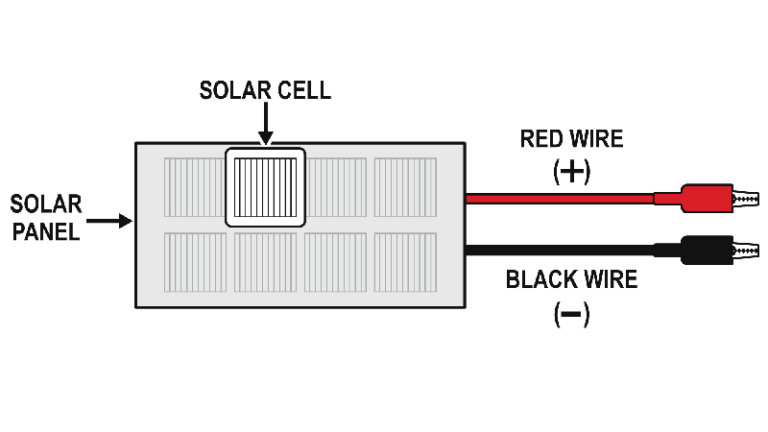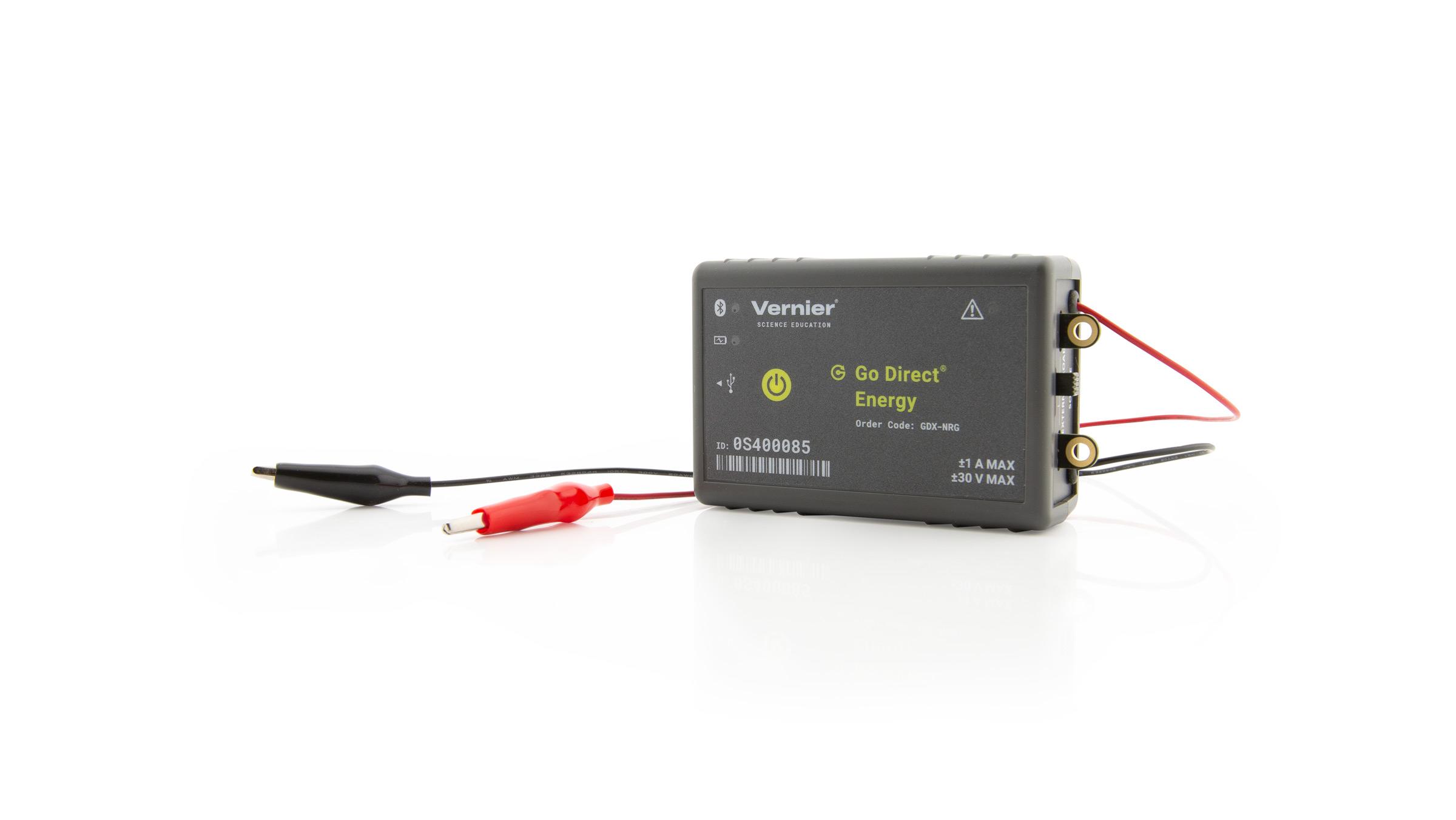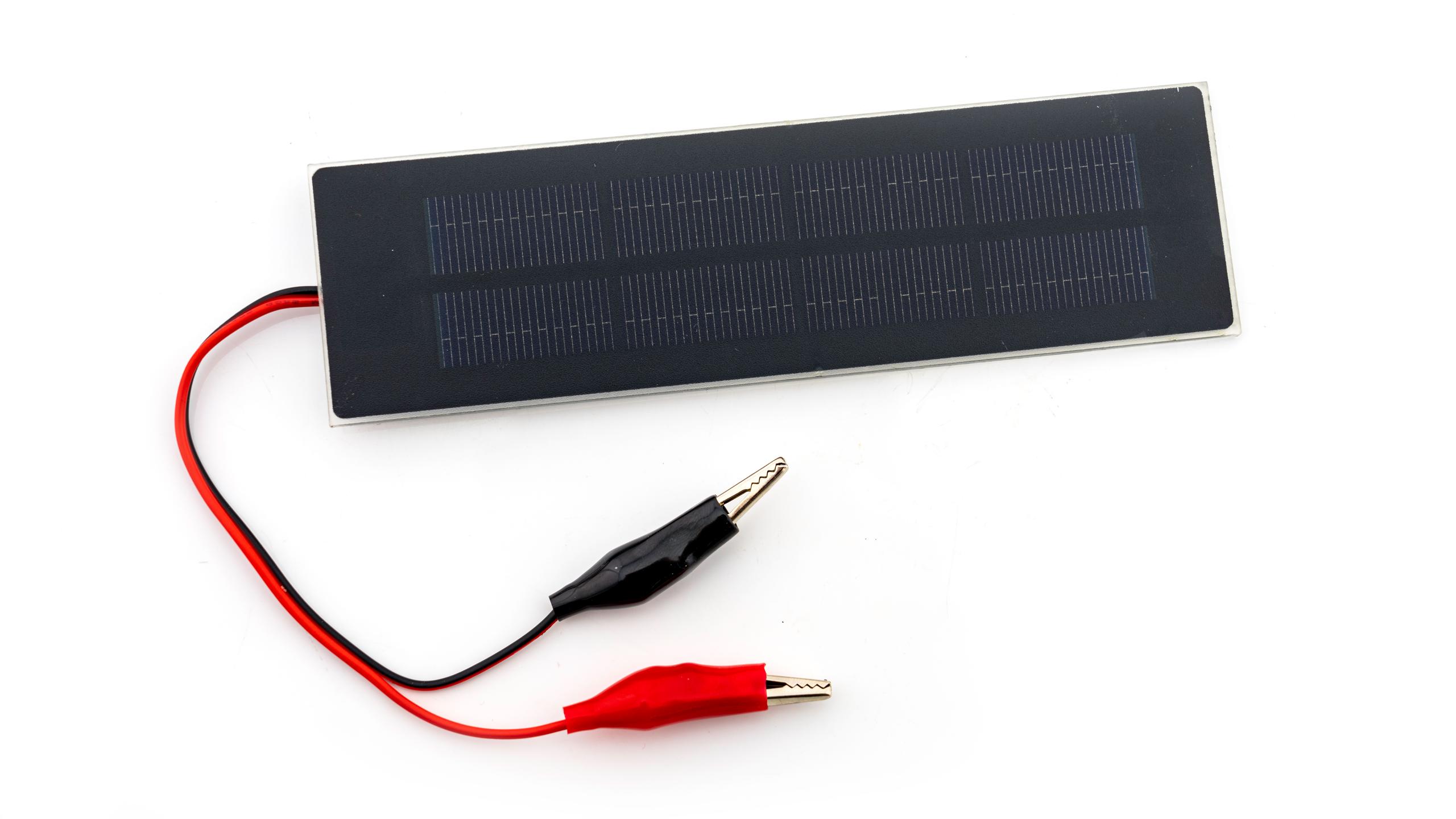
Introduction
Energy produced by the sun is called solar energy. It is produced during nuclear reactions that take place throughout the volume of the sun. The energy travels to Earth in the form of light. Photovoltaic cells, or solar cells, change the light energy to electrical energy that can be used to power calculators, satellites, and anything else that runs on electricity. A photovoltaic cell is usually made of a semiconducting material such as silicon. When light strikes the cell, it provides enough energy to move electrons through the cell producing an electric current. A single photovoltaic cell is approximately the size of a fingernail and puts out a very small current when struck by the light. Objects requiring higher currents to operate can be powered by wiring large numbers of photovoltaic cells together to build a solar panel.
Items powered by solar energy are said to be using solar power. Streetlights may store solar energy in a battery while the sun is shining and then use the energy at night. Homes and businesses may install rooftop solar panels to reduce their reliance on the local or national power grid. What things can you think of that are powered by solar energy?
In Part I of this experiment, you will measure the current and voltage produced by a solar panel when exposed to sunlight. You will also calculate the efficiency of the solar panel when converting the energy from the sun into electrical energy.
In Part II, you will investigate the relationship between the wavelength of the light striking the solar panel and power output.
Objectives
- Measure current and voltage with an energy sensor.
- Use a light sensor to measure light intensity.
- Calculate power output.
- Calculate efficiency.
- Investigate the relationship between wavelength of light and power output.
Sensors and Equipment
This experiment features the following sensors and equipment. Additional equipment may be required.
Ready to Experiment?
Ask an Expert
Get answers to your questions about how to teach this experiment with our support team.
- Call toll-free: 888-837-6437
- Chat with Us
- Email support@vernier.com
Purchase the Lab Book
This experiment is #25 of Agricultural Science with Vernier. The experiment in the book includes student instructions as well as instructor information for set up, helpful hints, and sample graphs and data.





